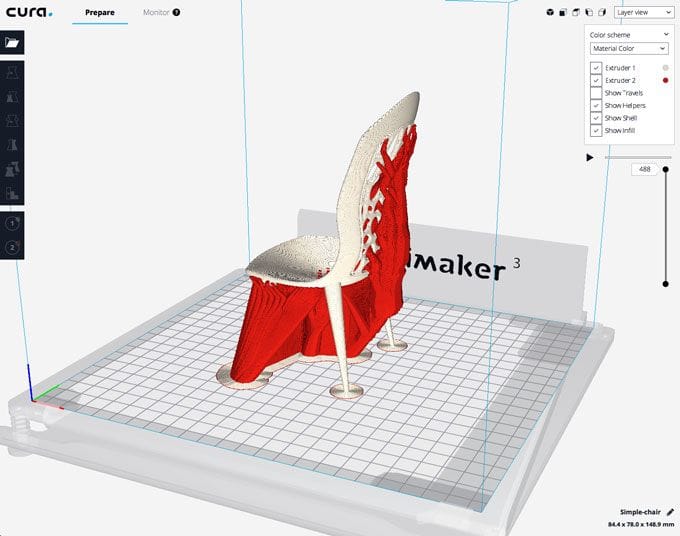
Ultimaker has released Ultimaker Cura 3.2, which includes a number of very interesting features.
Ultimaker Cura, also popularly known as “Cura”, is an open source 3D printer slicing and management system provided to the world by Ultimaker. Obviously optimized for their own equipment, Cura is very easily modified to be usable on almost any desktop 3D printer with some very straightforward tweaks.
It also includes a huge set of features that enable both easy and advanced approaches to 3D printing.
And thus it has become one of the most popular slicing systems available today.
Now they’ve released version 3.2, and it includes some very cool advanced features.
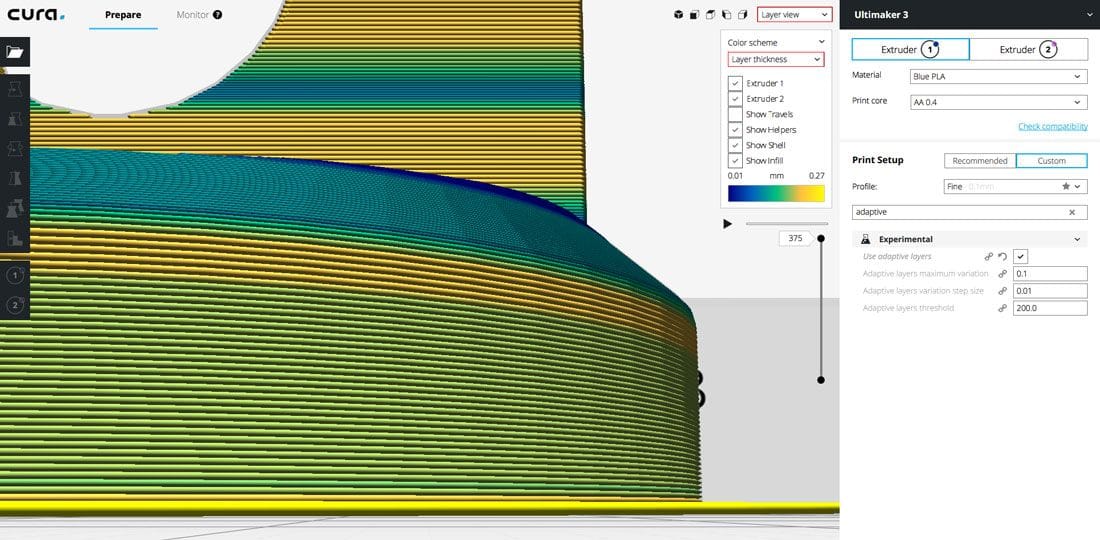
The main one seems to be an improved method of generating smooth slanted surfaces, which are pathological when faced with the sometimes coarse layers put down by a 3D printer. Similar to visual pixelation in images, layers are often very prominent on a slight sloping surface.
The new feature, Adaptive Layers, detects these slopes and automatically downsizes the layer size – but only in the zone containing the slope! This means that you should observe a more smoother slope on prints, but also that the print may take a bit longer to complete as it has more layers to execute than you had originally planned.
The second interesting feature is what they call “Tree Support”, with an example shown at top. Generally support structures are rather simple pillars or walls that extend straight down from overhangs. In some cases this arrangement is not optimal, as you may use far more support material than is truly necessary.
Enter “tree support”, in which instead of a pile of walls, you generate a kind of tree-like shape that snakes its way up the model towards the offending overhang.
I’ve found that certain geometries are better supported by tree structures and have had to use other tools to generate them. In particular, Meshmixer provides an excellent tree support generation function – but to use it, you must jump out of your normal workflow and then import the results back in.
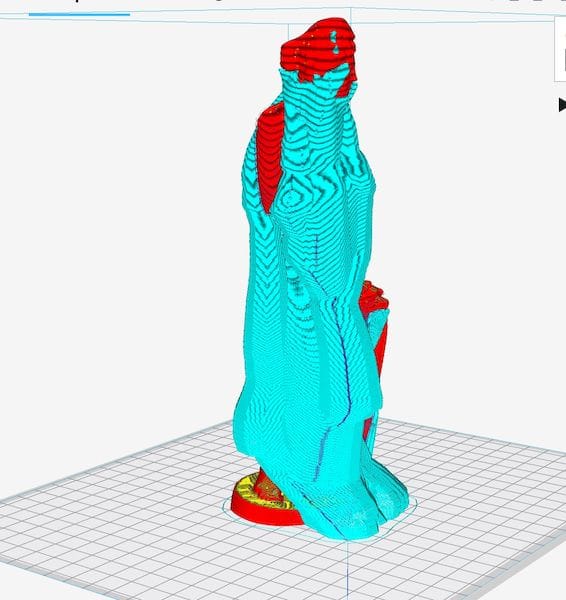
But now Cura 3.2 also has a version of this concept, but it is quite different from Meshmixer’s. As you can see here, my poor Aphrodite is being almost totally absorbed by the octopus-like tree support structure.
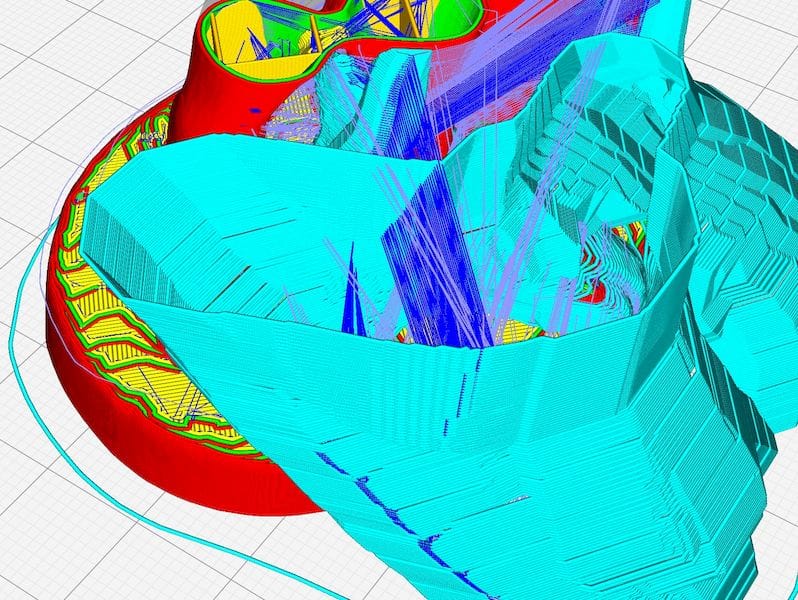
However, if you look inside it, you’ll see that it is actually hollow. I think it makes a lot of sense, as this approach should allow for very tall support structures, whereas Meshmixer’s spindly trees can topple over if they are too tall. It may use a bit more material, however.
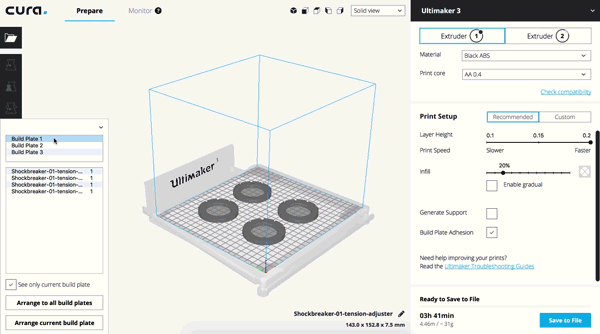
Ultimaker has also added a feature to assist in their enterprise networking concept, Cura Connect. In this it is possible to take a pile of parts and spread them over a queue of build jobs using standard slicing parameters. This should make life a lot easier for frequent high volume 3D printer operators in a workgroup.
There’s plenty more in this interesting release, and I recommend all Cura users to check it out right away.
Via Ultimaker

